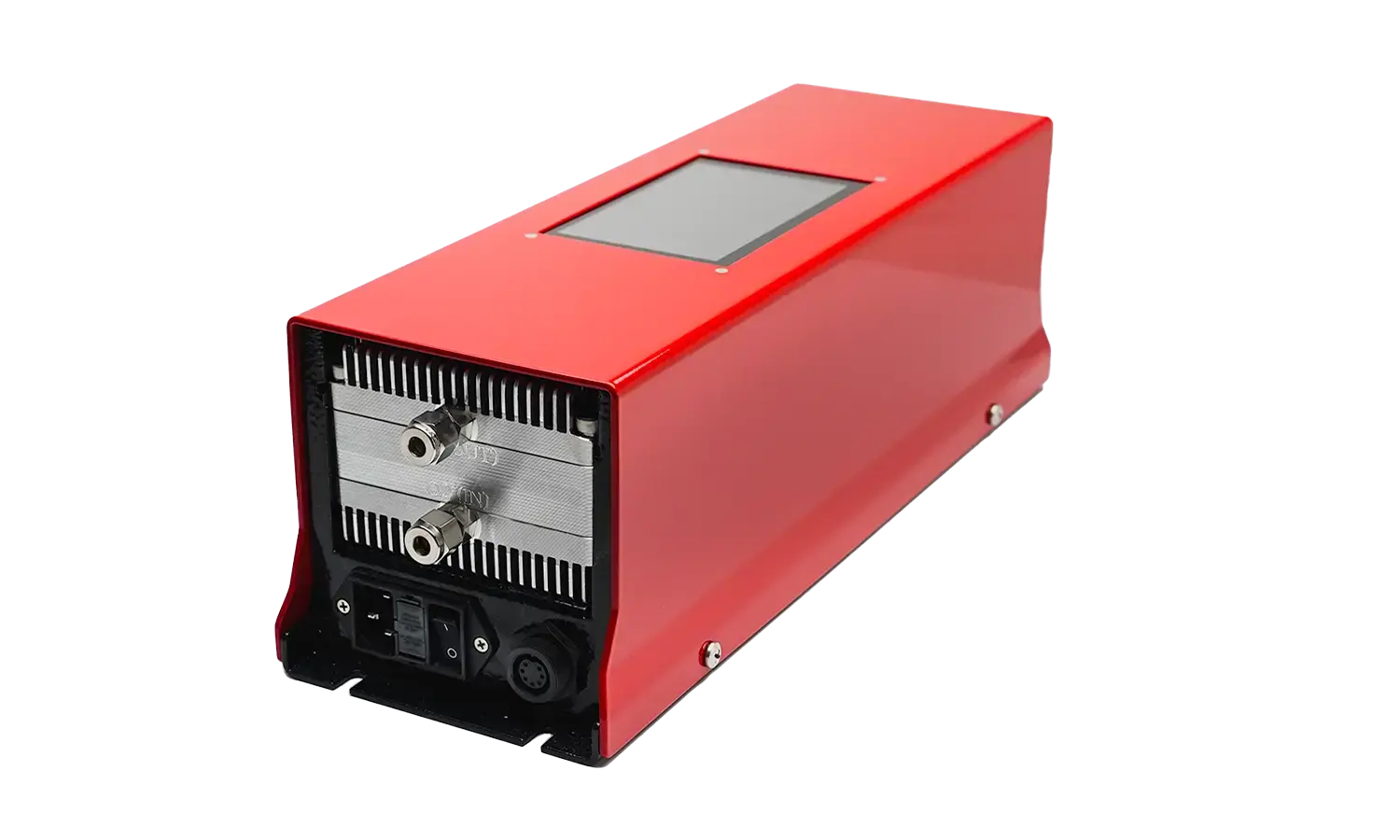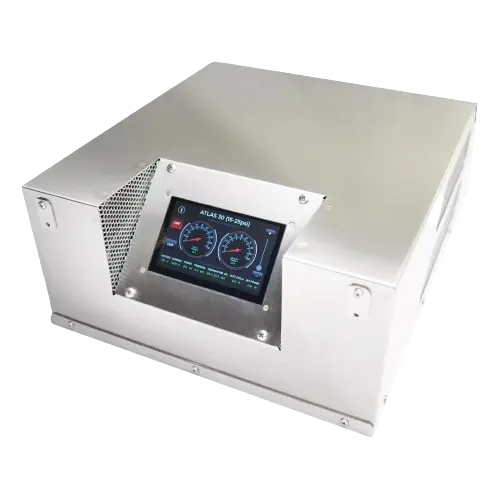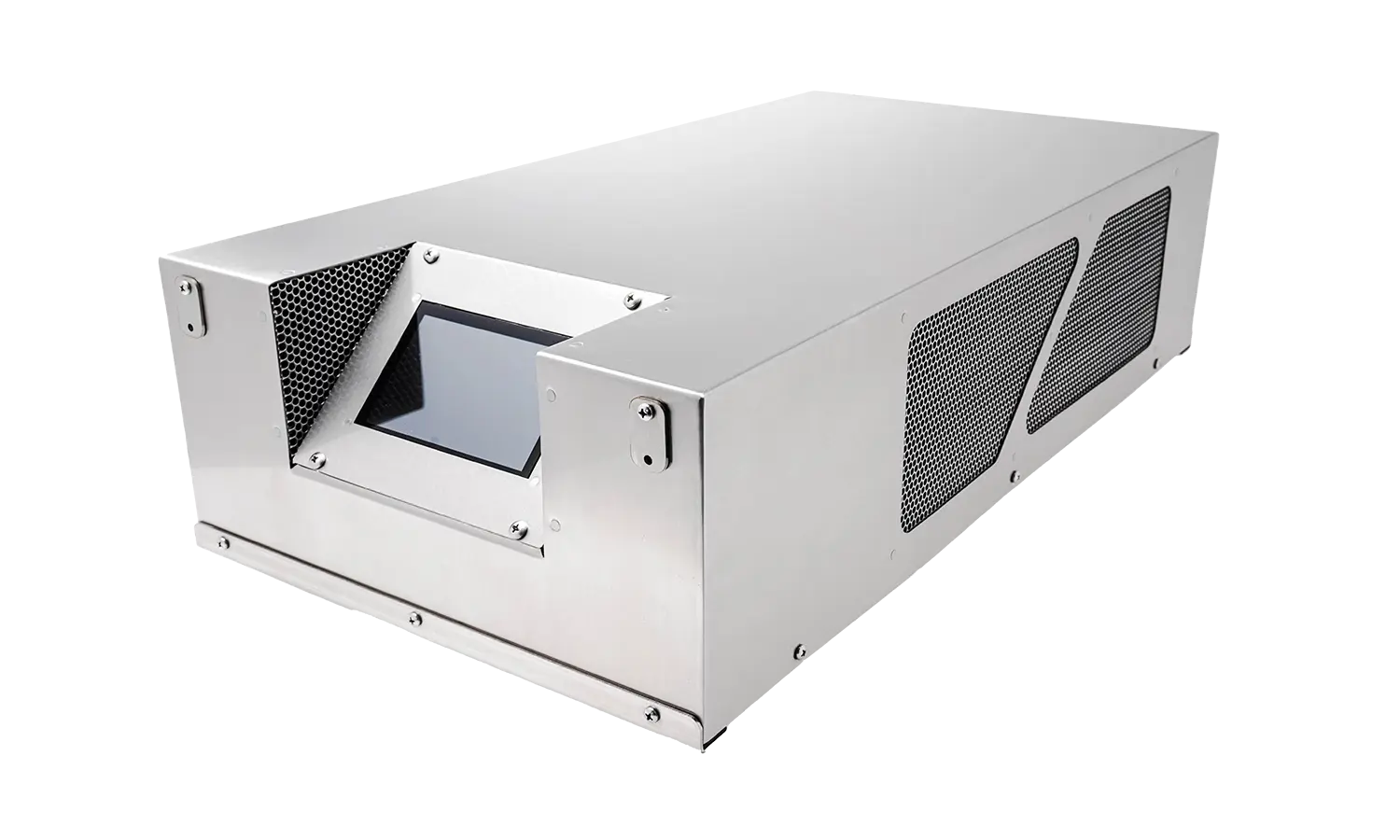Share This Story, Choose Your Platform!
Oxygen or Air-Feed Ozone Generators?

When planning an ozone system, a frequently asked question is whether to utilize concentrated oxygen or clean, dry air. For most industrial applications, ozone generators powered by oxygen concentrators are recommended. Even though air-feed generators can be found in the market, they are intended for household use and are not appropriate for industrial use. Despite this, some manufacturers still offer them for industrial usage. In this article, I will elaborate on why oxygen-powered generators are optimal for most industrial ozone applications.
WHAT ARE OZONE GENERATORS?
An ozone generator is a device that produces Ozone by breaking apart oxygen molecules into single atoms, which are attached to other oxygen molecules to form Ozone (O3). (You can learn more about Ozone generation here)
Understanding how an ozone generator works reveals the issue with air-fed generators. With only 21% of air being oxygen, these generators can only convert a fraction. Furthermore, the nitrogen remaining in the cells contributes to nitric oxide buildup, gradually decreasing ozone production after a few months. Customers will also incur an additional expense for electrode cleaning or replacement. On the other hand, an ozone generator fed with a gas that contains about 95% oxygen leads to substantial improvements in the production and concentration of Ozone. Moreover, this method ensures that no cell contamination occurs even after many years.
PRODUCTION AND CONCENTRATION
When considering purchasing an ozone generator, it is essential to understand the distinction between ozone production and ozone concentration. Ozone production is measured in grams per hour, indicating the ozone amount produced over time. On the other hand, ozone concentration refers to the amount of ozone in a volume, measured in grams per cubic meter or percentage by weight. Note that air-feed generators produce Ozone in a limited amount and with low concentration. These manufacturers must use a different unit to hide their low production, such as milligrams per hour. In contrast, oxygen-fed generators produce more Ozone (g/h) with higher concentration (g/nm3). For these reasons, it is crucial to request a performance chart because the ozone treatment’s solubility and effectiveness will largely depend on the ozone generator’s performance.
OZONE SOLUBILITY
Many applications require Ozone dissolved in water. The solubility efficiency depends mainly on concentration. So, the amount of Ozone you can dissolve in liquids is directly proportional to ozone concentration.
This table shows the percentage of Ozone that you will be able to dissolve in water for different concentrations
O3 Concentration %wt |
Percentage of O3 dissolved in water |
|
1% wt |
10% |
|
3% wt |
20-30% |
|
5-7% wt |
50-70% |
|
8-10% wt |
80-90 |
|
10-14% wt |
95% |
|
14-22% wt |
97% |
As you can observe, the Air-feed unit generates low ozone levels, around 1-2% and only transfers 10% of that Ozone into the water at such levels. So you will need a ten times more significant generator to reach a similar result to an oxygen-feed Ozone generator. Informed buyers will never buy a dry air-fed ozone generator.
In conclusion, oxygen-feed ozone generators offer significant advantages over air-feed generators when designing an ozone system for industrial applications. The higher ozone concentration and longer ozone production life of oxygen-feed generators ensure sufficient Ozone is available for effective treatment or disinfection. Moreover, due to the absence of nitric oxide deposits, the lower maintenance costs associated with oxygen-feed generators result in cost savings in the long run. The better ozone solubility in water also makes oxygen-feed generators ideal for applications where Ozone needs to be dissolved in water.
Additionally, the customizable performance of oxygen-feed generators allows for flexibility in adjusting ozone production and concentration levels to meet specific industrial requirements. This versatility makes them suitable for various applications in various industries.
It’s important to note that air-feed ozone generators are impractical for industrial applications due to their limitations in ozone production, concentration, and maintenance requirements. Therefore, carefully considering the advantages of oxygen-feed ozone generators and their suitability for industrial use is crucial to ensure an ozone system’s optimal performance, reliability, and cost-effectiveness.





